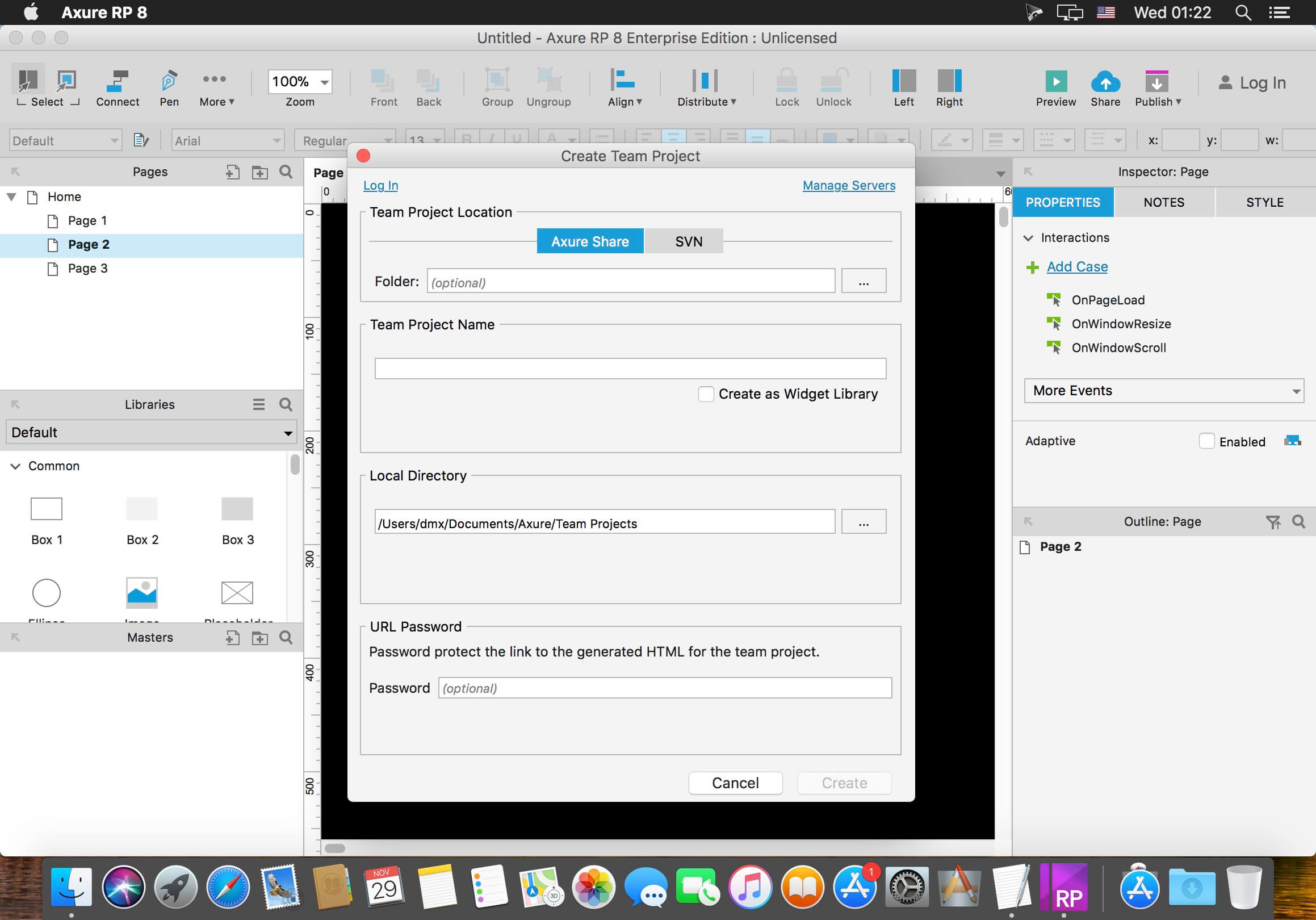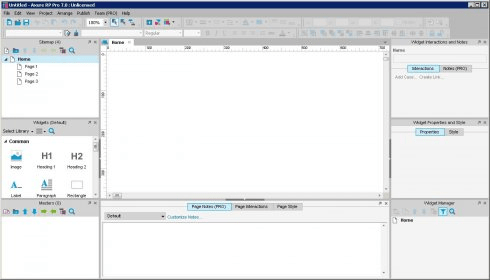


Both interfaces were tested with and without haptic feedback generated using ultrasound.
Axure rp 8 color sampling issues drivers#
The results provide evidence that differences in color for touch targets may reduce glance time away from the road when driving and ultimately reduce the risk of distracted driving.Įmploying a 2x2 within-subjects design, forty-eight experienced drivers (28 male, 20 female) undertook repeated button selection and 'slider-bar' manipulation tasks, to compare a traditional touchscreen with a virtual mid-air gesture interface in a driving simulator. The study found that participants spent significantly shorter time glancing at touch screens when presented with color targets compared to grayscale targets. This paper investigates the role of color in touchscreen tasks as it relates to driver's glance behavior, identifying strengths and limitations of color in touch screens while navigating in a driving simulation. generally requiring the user to interact with a particular, relatively small, area of the screen where a virtual button or other control is located. The design of touch screen dashboard UIs has followed the paradigms set by mobile touch screen interfaces, i.e. In an in-car context, the visual information presentation on a display requires careful UI design. Although speech and gesture interfaces offer appealing interaction solutions for interacting with car controls, the current general trend in consumer electronic UIs is dominated by touch screens.
Axure rp 8 color sampling issues driver#
Automotive UIs operated by the driver must demand minimal user attention, and eyes-free interaction should be encouraged. In-vehicle infotainment systems, along with an increasing number of other features, drastically increase the risk of drivers becoming distracted with secondary in-car tasks. The trend towards integrating an increasing amount of intelligence, as well as media and navigation services, in cars brings challenges for automotive User Interface (UI) design. Automobile manufacturers have been consistently increasing the amount of new technology in their products to meet consumer demands and to improve desirability.


 0 kommentar(er)
0 kommentar(er)
